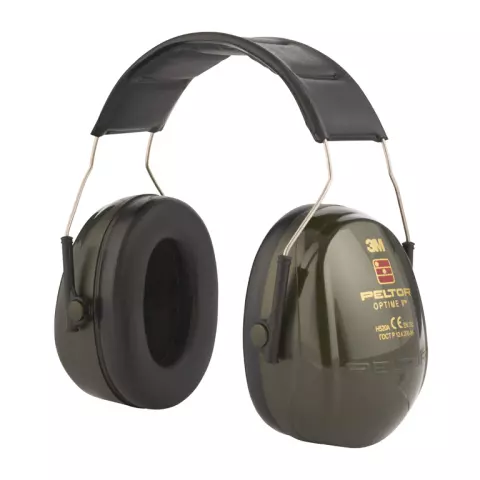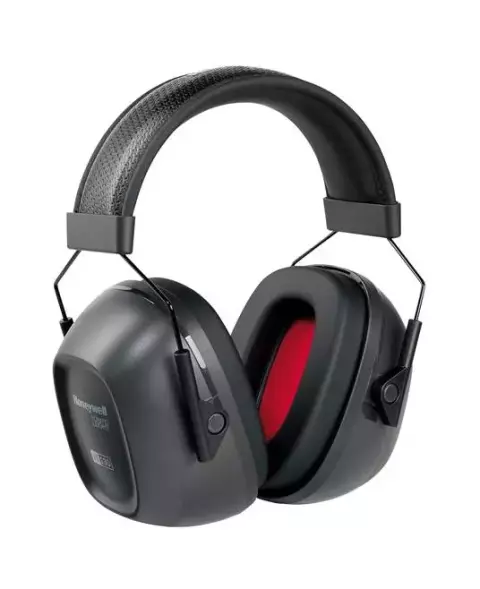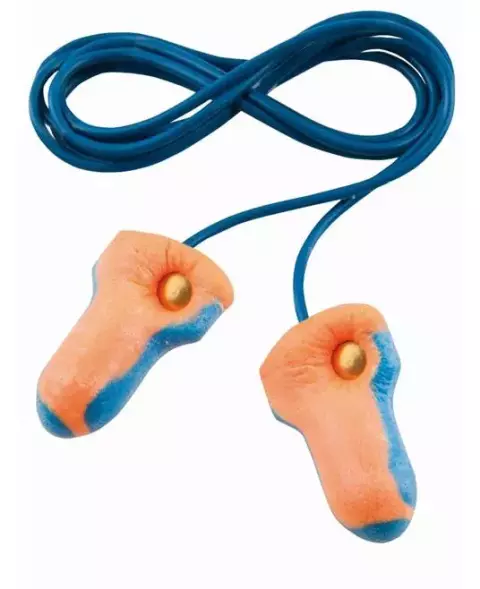Hearing Protectors
Hearing protectors, also known as ear protection or hearing protection devices (HPDs), are essential safety equipment designed to safeguard workers' hearing in noisy environments. These devices include earplugs, earmuffs, and noise-canceling headphones, each offering varying levels of noise reduction. Key industries that rely on hearing protectors include manufacturing, construction, mining, and aviation, where prolonged exposure to high decibel levels is common. By reducing noise exposure, hearing protectors help prevent hearing loss and ensure compliance with occupational safety regulations.
Hearing protectors, also known as ear protection or hearing protection devices (HPDs), are essential safety equipment designed to safeguard workers' hearing in noisy environments. These devices include earplugs, earmuffs, and noise-canceling headphones, each offering varying levels of noise reduction. Key industries that rely on hearing protectors include manufacturing, construction, mining, and aviation, where prolonged exposure to high decibel levels is common. By reducing noise exposure, hearing protectors help prevent hearing loss and ensure compliance with occupational safety regulations.
Hearing protectors, also known as ear protection or hearing protection devices (HPDs), are essential safety equipment designed to safeguard workers' hearing in noisy environments. These devices include earplugs, earmuffs, and noise-canceling headphones, each offering varying levels of noise reduction. Key industries that rely on hearing protectors include manufacturing, construction, mining, and aviation, where prolonged exposure to high decibel levels is common. By reducing noise exposure, hearing protectors help prevent hearing loss and ensure compliance with occupational safety regulations.
List products you’re looking for and we’ll find the best products and prices for you – all for free.
Need help?
Get help from our experts
Be the first to hear about offers, industry trends and get tips on industrial supplies.
FAQ – Frequently Asked Questions
You can pay with any of the following popular payment methods:
Need help?
Get in touch with our customer support if you need help
Chat with us
Get help from our experts

















